 William Townsend
William Townsend
Entry Category: Medicine
 William Townsend
William Townsend
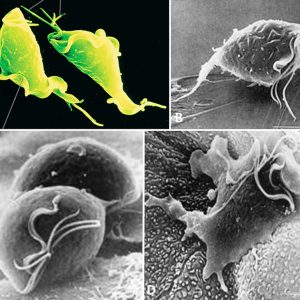 Trichomonas
Trichomonas
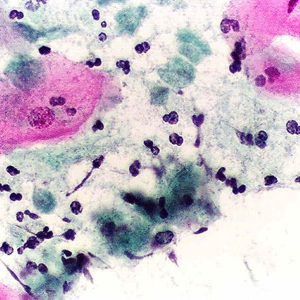 Trichomonas
Trichomonas
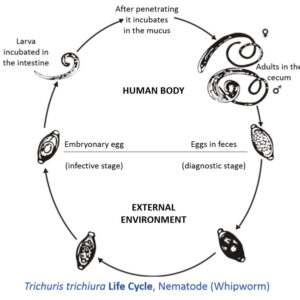 Trichuris Life Cycle
Trichuris Life Cycle
Trinity Hospital
Tuberculosis
Typhoid
 UAMS Construction
UAMS Construction
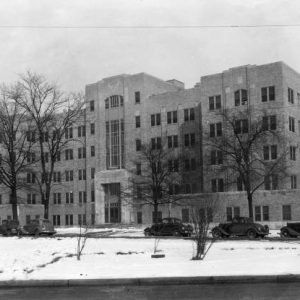 University of Arkansas for Medical Sciences
University of Arkansas for Medical Sciences
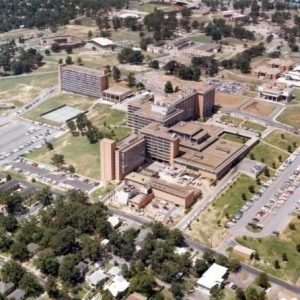 University of Arkansas for Medical Sciences
University of Arkansas for Medical Sciences
University of Arkansas for Medical Sciences (UAMS)
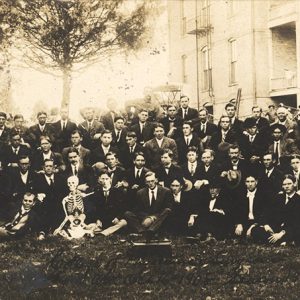 UAMS Students; 1908
UAMS Students; 1908
 Dr. Evangeline Upshur
Dr. Evangeline Upshur
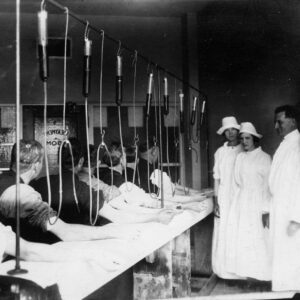 USPHS Clinic's Salvarsan Room
USPHS Clinic's Salvarsan Room
USPHS Venereal Disease Clinic
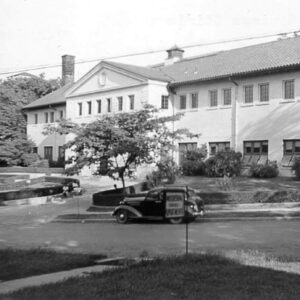 USPHS Venereal Disease Clinic
USPHS Venereal Disease Clinic
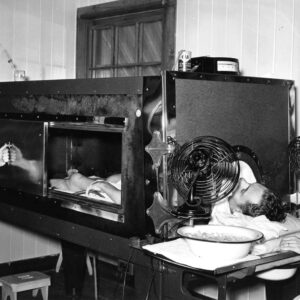 USPHS's Camp Garraday Clinic
USPHS's Camp Garraday Clinic
Vaccination
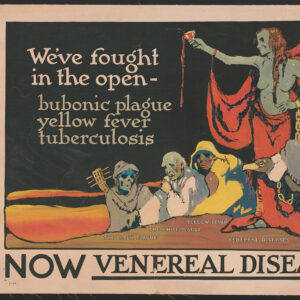 VD Poster
VD Poster
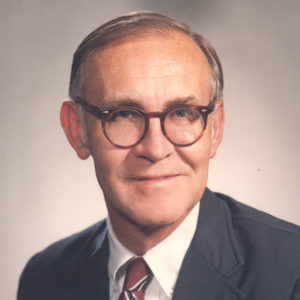 Harry Ward
Harry Ward
Ward, Harry
 Warren L. Harvey
Warren L. Harvey
Watkins, Claibourne
 Claibourne Watkins
Claibourne Watkins
Welch, William Blackwell
 West Nile Virus
West Nile Virus
West Nile Virus
 West Nile Virus Distribution
West Nile Virus Distribution
 Wickliffe Rose
Wickliffe Rose
 Williams and Griffen
Williams and Griffen
Williams, Robert Lee, II
Williams, Sophronia Reacie
Williams, Sterling B.
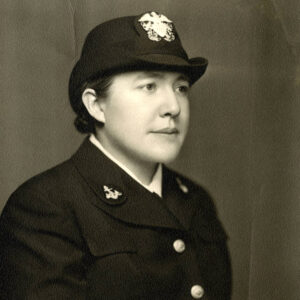 Frances L. Willoughby
Frances L. Willoughby
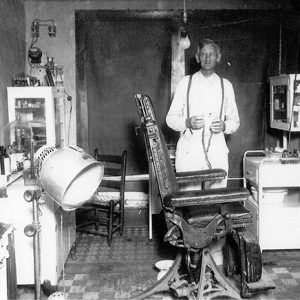 Dr. O. S. Woods
Dr. O. S. Woods
 William Woodyard
William Woodyard
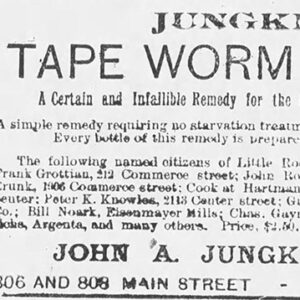 Worm Cure Ad
Worm Cure Ad
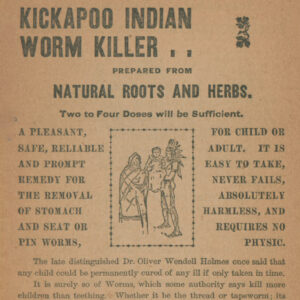 Worm Killer Ad
Worm Killer Ad
Worms [Medical Condition], Traditional Remedies
aka: Intestinal Parasites
Yellow Fever
 Yellow Fever Article
Yellow Fever Article




